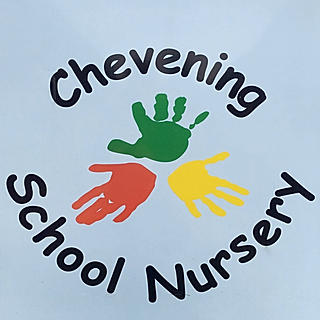Literacy - writing
- chevening school nursery
- Mar 21, 2023
- 3 min read

Here is some information why writing is important and stages of development
Writing is an important lifelong skill. Children need to learn to write so they can communicate and express themselves.
Formal writing, taught later in reception, involves transcription (spelling and handwriting) and composition (articulating ideas and structuring them in speech, before writing).
Formal writing before reception is not necessary, however, you can provide lots of meaningful opportunities for children to learn about the written word and to support them to understand that symbols carry meaning.

Research shows that for writing to develop, you should provide young children with opportunities to build their physical strength and control in the core, upper body, hands and fingers.
Writing develops alongside all learning areas, especially communication and language, reading and mathematics.
When you read texts, you show that print carries meaning. When you write, you explain what decisions you are making in your mind, so children understand how they share thoughts, ideas and feelings. As you model writing you support children to:
understand language patterns
develop their thinking skills
solve problems
make sense of their experiences
Listening to children talking and modelling how to write down the words they say helps children to see how sounds become words on paper.
Sharing children’s early mark-making attempts builds children’s confidence and self-esteem.
Children learn that you can communicate through writing, and that marks have meaning, by watching you write. You could write labels in front of them, while you explain, the direction of print, or what the word is. Use these labels for everyday objects the children are interested in. For example, cars, pram or food.
To support transcription, give children opportunities to develop finger strength. In the early stages children need lots of fun, play activities. Provide lots of activities to work at a large scale using brushes on walls outside, before they move on to using chunky crayons or pencils. For example, to develop finger strength in preparation for writing, show them activities like manipulating dough, completing puzzles or threading blocks onto a rope.

Help children develop fine motor skills to grasp, hold, and strengthen fingers and thumbs by scrunching paper and using pick-up tools. For example, use big tweezers to pick up plastic shapes.
Give them opportunities to develop core strength and ‘muscle isolation’, a crucial first step towards writing. Activities like reaching across the body to put on socks and shoes help children to use their right, or left, body side without the other side moving at the same time. Also, encourage activities like climbing, throwing and catching.

Here is a link with 8tips to help children to put their shoes on.
Children move through stages in their mark making. Gradually muscle control becomes more defined until they develop an ability to use straight lines and curves to form symbols.
Generally, 0 to 2 year olds enjoy sensory activities, establishing fun and fascination with shapes, marks, letters and numbers. For example, hide letters and shapes in foamy water. Share books, repeating words, phrases and rhymes. Play finger games like ‘Incy Wincy Spider’. Concentrate on activities that could lead to writing, like making marks with large toys, or with fingers in wet sand.
Generally, 2 to 3 year olds like retelling favourite stories and events. Capture these through drawing lines, dots and circles. Promote physical development, communication and understanding. If children use a particular dominant hand, encourage them. This age group should learn ‘mark-making’.
Generally, 3 to 4 year olds start behaving like writers, making wavy lines and distinct separate marks. If children show an interest and want to write, it is crucial that they should develop hand and finger strength to hold a chunky crayon or pencil comfortably and with control. Eventually they may be able to make attempts to write some very familiar letters, for example from their name.
Preschool children are not expected to achieve conventional spelling patterns, it is the attempt that counts, and the realisation that marks have meaning.
If children show an interest in writing letters, you can support them to be ready for the next stage of their learning by encouraging them to hold a pencil correctly and form the letter starting in the right place and moving in the right direction. This will support them to develop good habits for the future.
If you have any further questions, please ask your key worker.





Comments